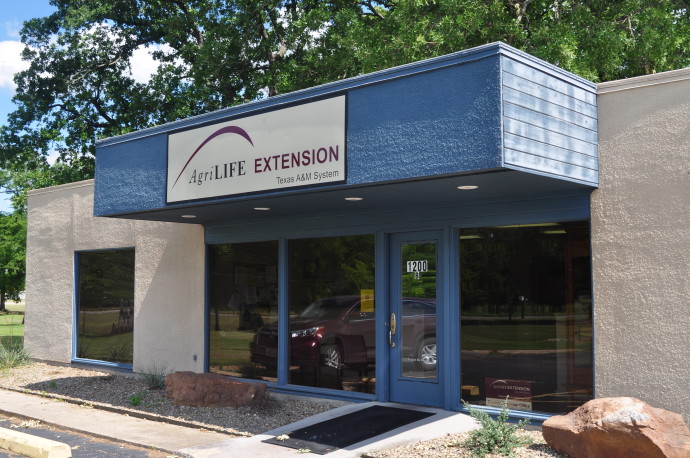 Weed control is an on-going process in Hopkins County. With our rainy season bringing April showers that sometimes carry well over early summer and recent devastating tornadoes in Northeast Texas is not surprising to have pending issues in our pastures because weather related delays. A common challenge is getting to harvest standing hay production because flooding or standing water in the fields or having to harvest hay infested with weeds.
Weed control is an on-going process in Hopkins County. With our rainy season bringing April showers that sometimes carry well over early summer and recent devastating tornadoes in Northeast Texas is not surprising to have pending issues in our pastures because weather related delays. A common challenge is getting to harvest standing hay production because flooding or standing water in the fields or having to harvest hay infested with weeds.
A common alternative is to use herbicides to help control weeds and increase the value of the hay/grazing crop. Modern herbicides are a very effective method to control weeds, but just as any other resource, those have limitations. Richard Zollinger, North Dakota Extension related to use of herbicides a follows: “Hot, dry conditions can influence weed control and crop injury from herbicides. All herbicides are influenced by environmental conditions. Herbicides generally are most effective when applied to vigorously growing plants at 70 to 85 degrees Fahrenheit.
Most herbicide labels caution against treatment of plants growing under extreme environmental conditions or stress, because treatment of stressed plants can result in increased crop injury and/or decreased weed control. Weeds growing under hot, dry conditions often become more tolerant to herbicides. Plants may develop a thicker wax layer on the leaf surface, which is a barrier to herbicide absorption into the plant.
Herbicide movement within the plant will likely be reduced due to a slowed rate of translocation and metabolism. Consequently, application of herbicides under such conditions often results in reduced weed control. Reduced weed control during hot, dry weather probably is the biggest concern with the application of systemic herbicides. Most contact herbicides become more active as temperatures increase. Increased activity may provide improved weed control, but can also result in greater crop injury.
However, good weed control with contact herbicides is dependent on timely application. The best control generally is achieved with thorough spray coverage (high spray volume) and application to small seedling weeds. Although waiting until temperatures subside will lessen the risk of crop injury, the weeds may develop beyond the optimum treatment stage if application is delayed too long. In some cases, application of reduced herbicide rates may be better than delaying application, even when temperatures are over 90 degrees. Precautions can be taken to minimize the risk for injury with contact herbicides during hot weather. Use lower labeled rates rather than higher rates, even if attempting to control larger or less susceptible weeds.
The activity of contact herbicides is increased on all plants at higher temperatures, so the weeds also will be more susceptible to the treatment. The most critical time for crop injury following application of a contact herbicide is the first few hours after treatment. Therefore, injury can be minimized by applying the herbicide in the evening after the temperature has decreased. Evening application will allow several hours of moderate temperatures following treatment while morning application will be followed immediately by increasing temperatures. Many contact herbicides are labeled for use with various additives. However, most additives also increase the chance for crop injury. Omitting the adjuvant or using the lower labeled rate of the recommended adjuvant will reduce injury potential from a contact herbicide applied at high temperatures”.
We recent high temperatures you are probably not surprise to see outside temperatures reaching over 90F. High temperatures complicate outside work and limits certain agricultural practices, being herbicide control one of them. Working at high weather temperatures can also cause operator health problems. If working outside, make sure you drink plenty of liquids, take frequent breaks to cool down under A/C and avoid intense high temperature hours if possible. For more information on this or any other agricultural topic please contact the Hopkins County extension Office or email me at [email protected].

Mario Villarino DVM, Ph.D.
Hopkins County Extension Agent for Ag and NR
1200B Houston Street
Sulphur Springs, Texas 75482
903-885-3443





